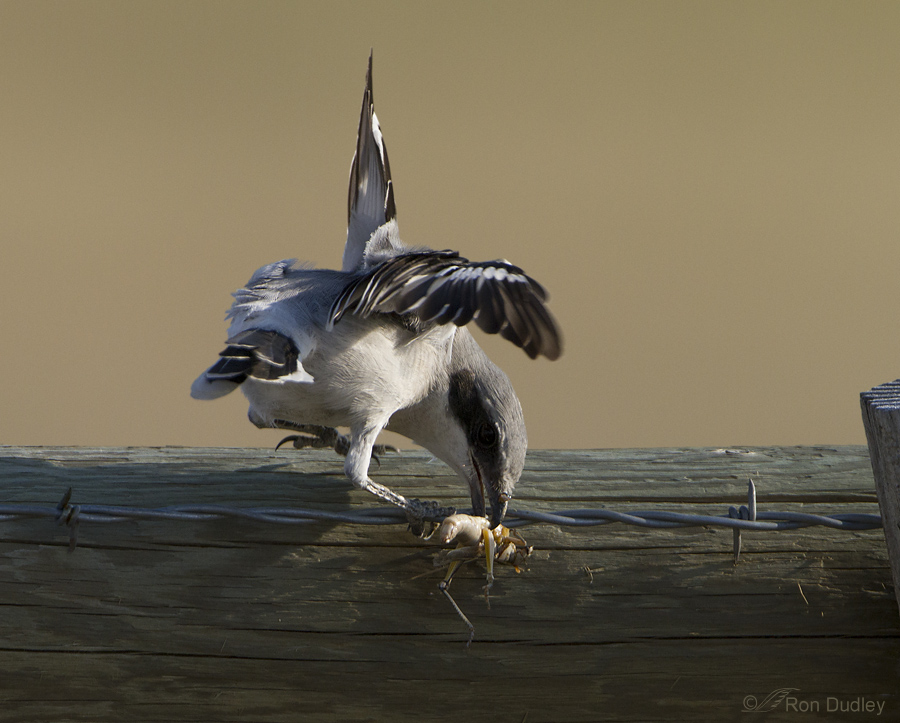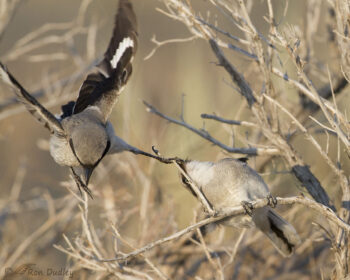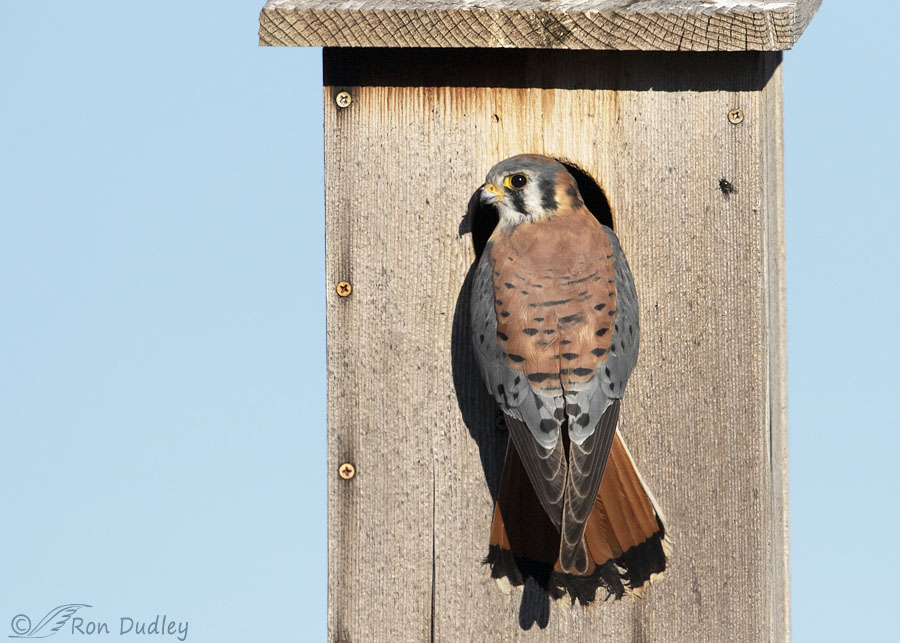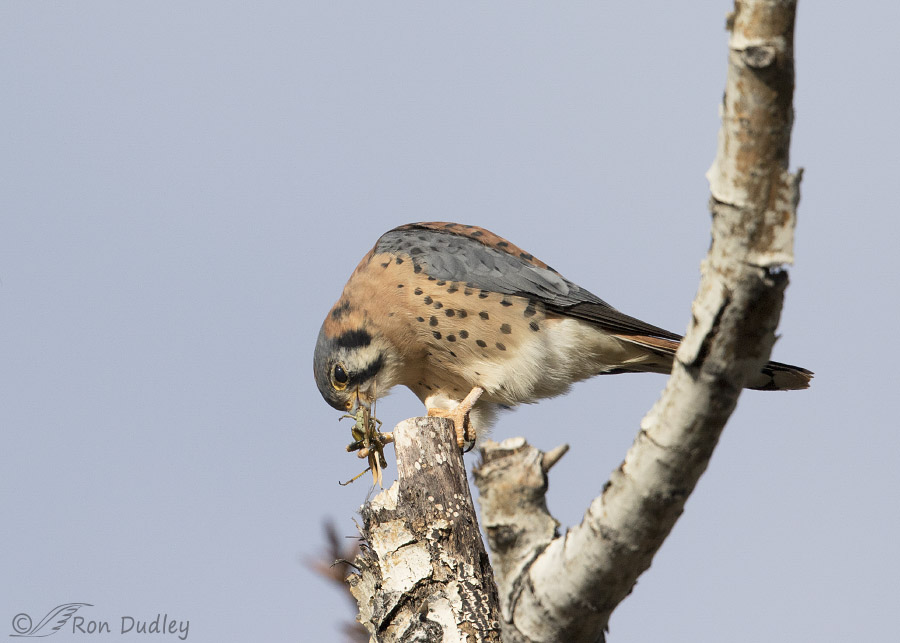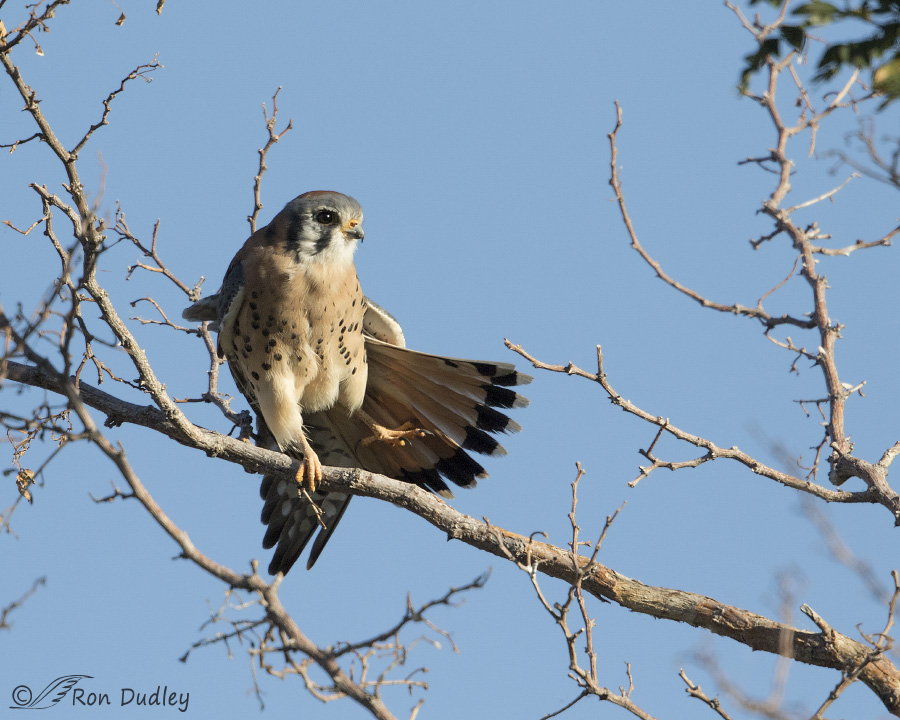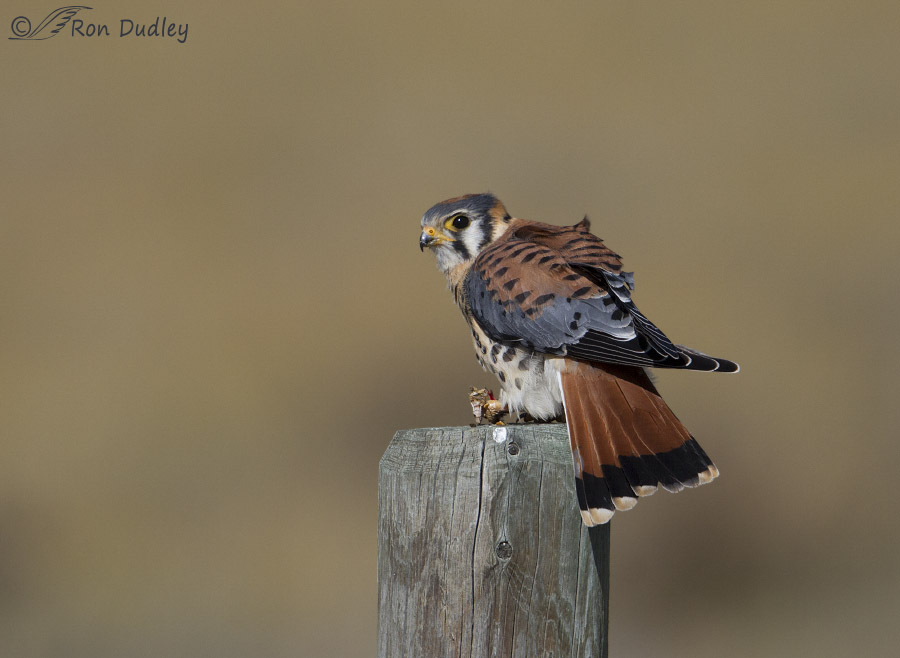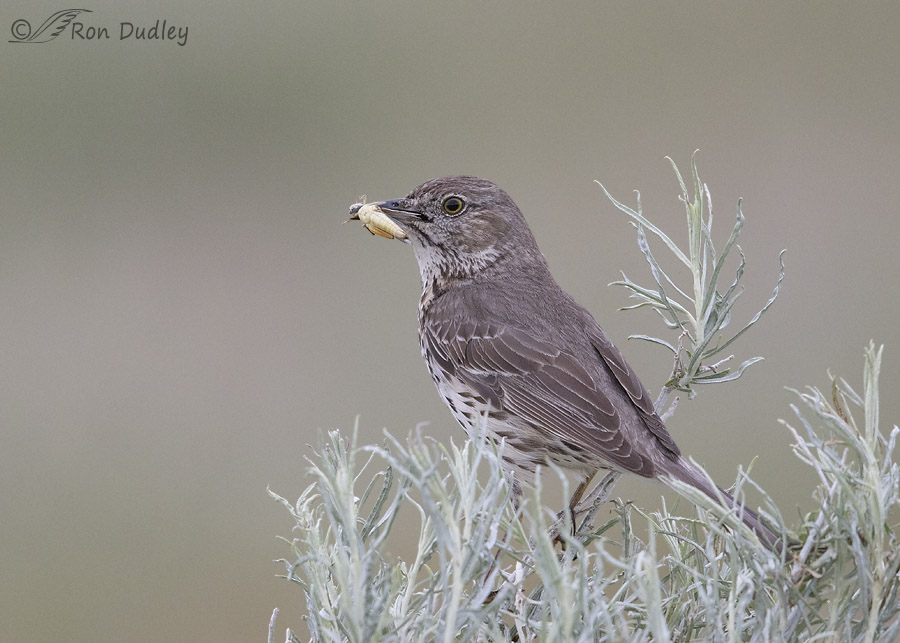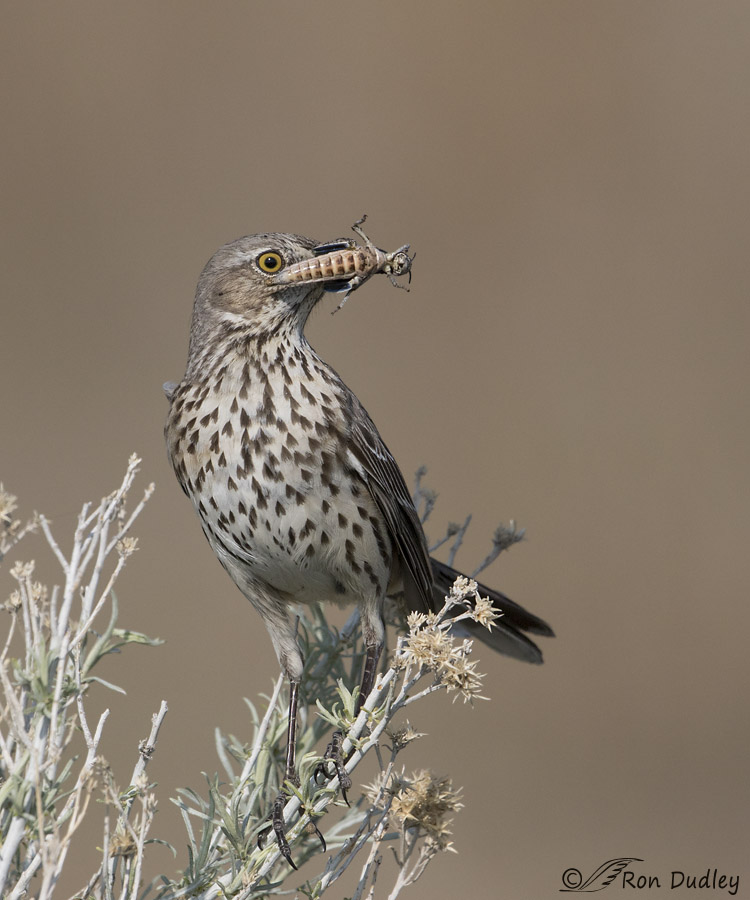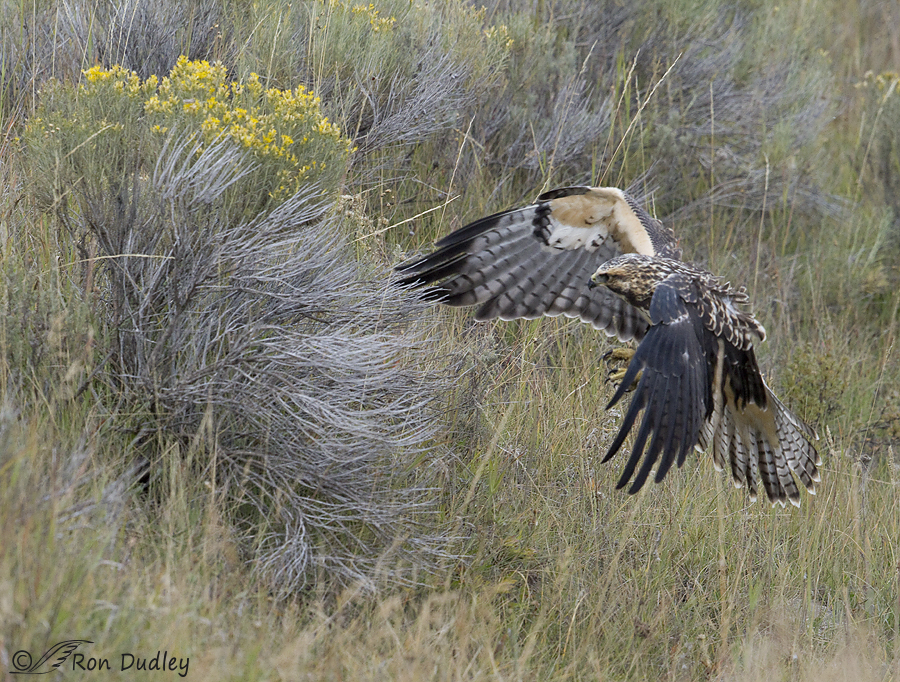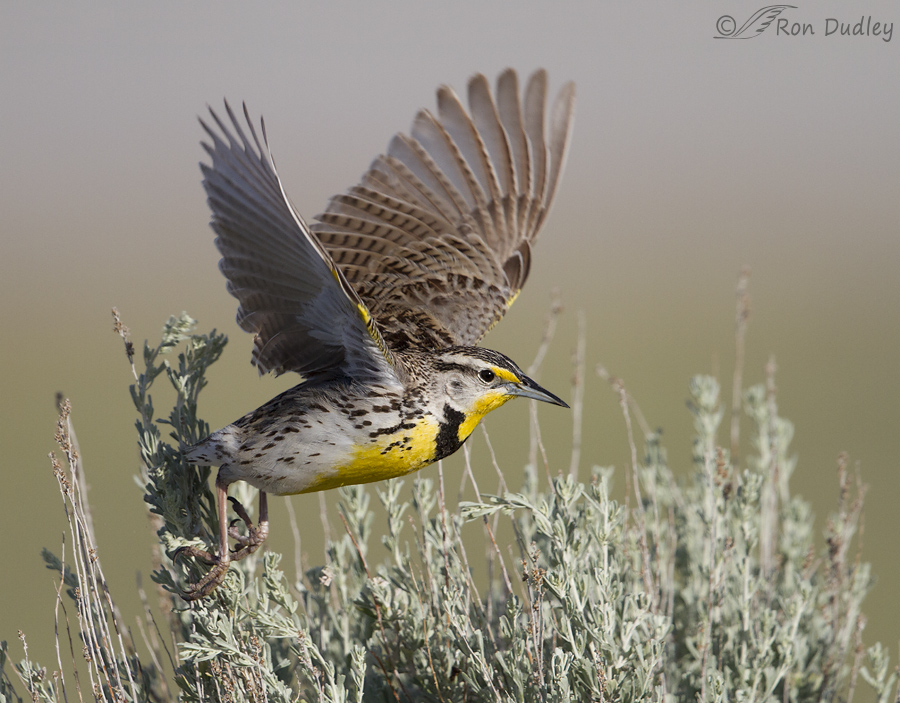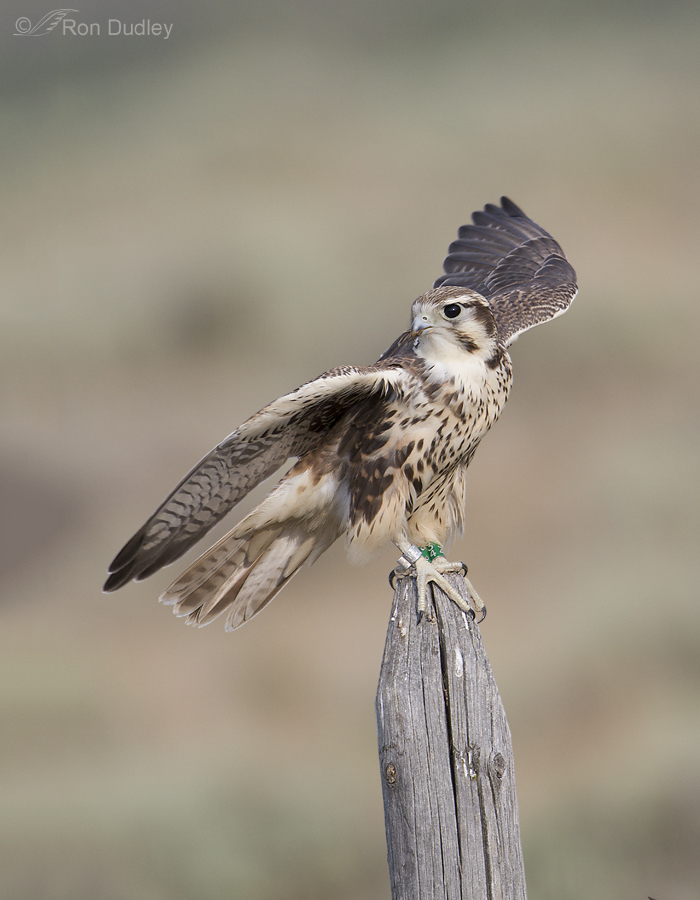Tag: grasshopper
Loggerhead Shrikes On Antelope Island – Then And Now
If You Think Birds Don’t Notice The Little Things…
Male American Kestrel Eating A Grasshopper
Male American Kestrel – A Champion Poser
Back-To-Back American Kestrels – Male And Female With Prey
Sage Thrashers – A Hungry Chick And A Dutiful Parent
Sage Thrashers – Courtship Display And Prey For Their Youngsters
Swainson’s Hawk Face-plant Into Rabbitbrush
The Shrike And The Grasshopper (and noticing the “little things”)
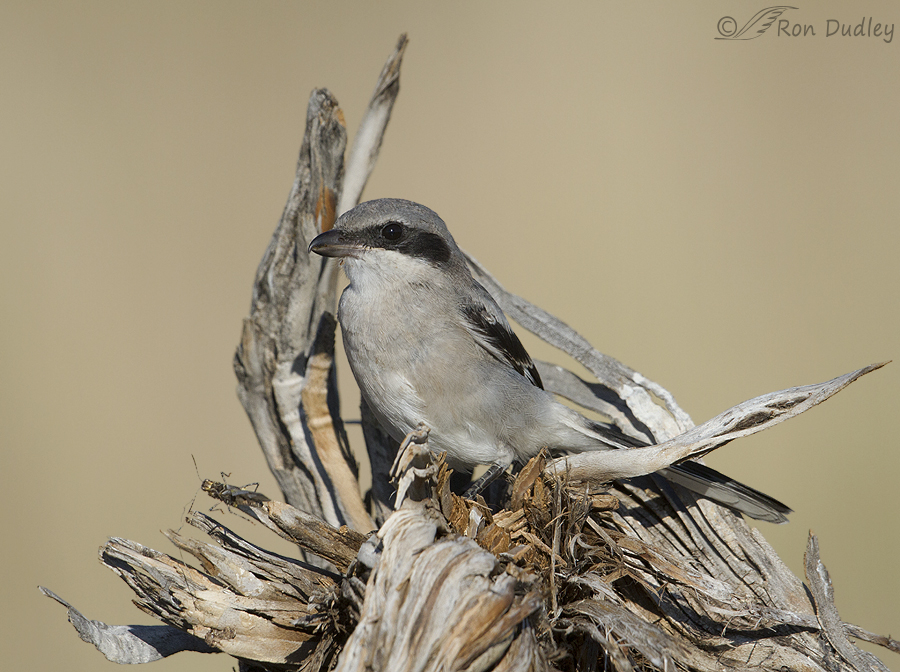
I make every effort in the field to “read” the behavior of my avian subjects. Sometimes I’m right and sometimes I’m not but either way it’s a learning experience for me and my percentage of accuracy does seem to be improving. One of the payoffs can be better bird photographs for a variety of reasons.
Meadowlark Take-offs With Food And Without (and a contrast in image quality)
Horned Larks Attending To Domestic Duties
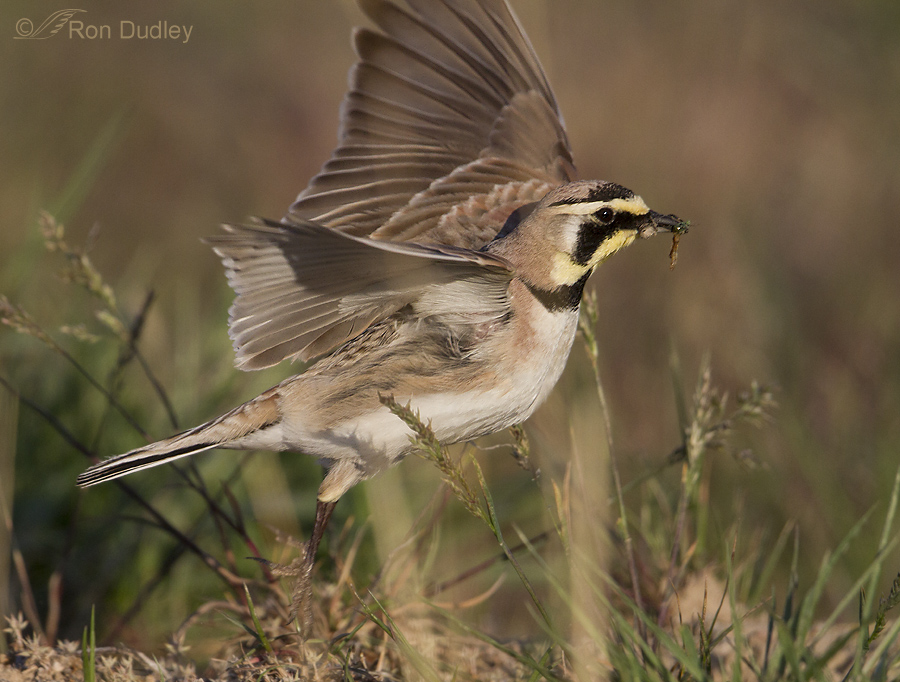
It’s not easy to get photos of Horned Larks with insects in their beaks. The diet of adults of the species consists largely of seeds year-round but they do feed insects to their young so if you can catch them at the right time of year it’s possible to get photos of them with insects. Yesterday morning in the foothills of the Stansbury Mountains I photographed both a male and a female with their beaks full of insects.
Some Good News On The Kestrel Front
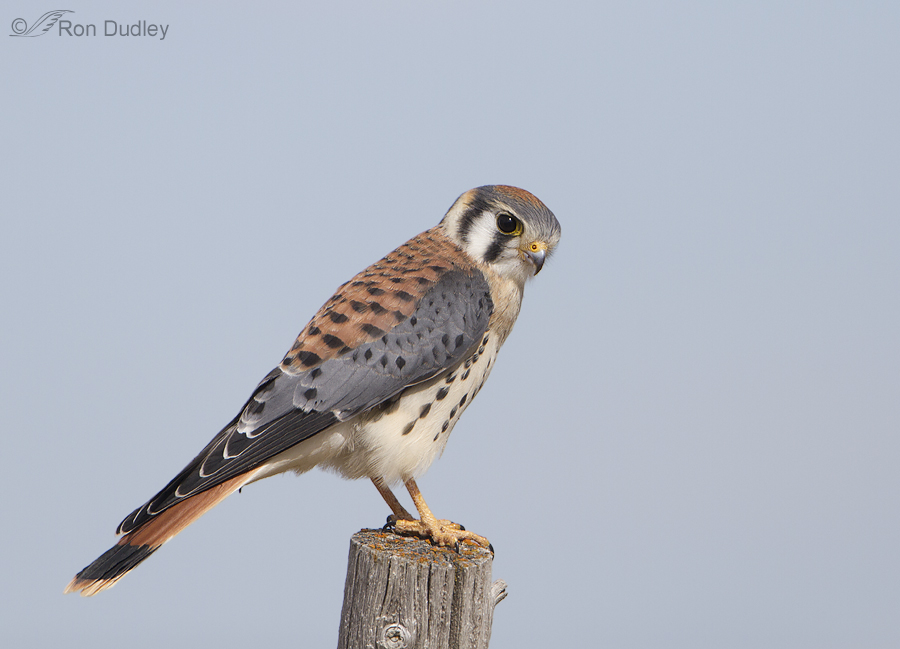
Several weeks ago I reported here about the alarming decline of the American Kestrel in most of North America. That decline has been apparent to me locally (Utah) as I’m seeing and photographing far fewer of them than in the past. Other more scientific and reliable sources report similar declines in many areas of the continent.
But apparently there are pockets of habitat where kestrels are still thriving and one of them is the Centennial Valley of southwest Montana.
Lark Sparrow – The Sparrow With The Harlequin Face
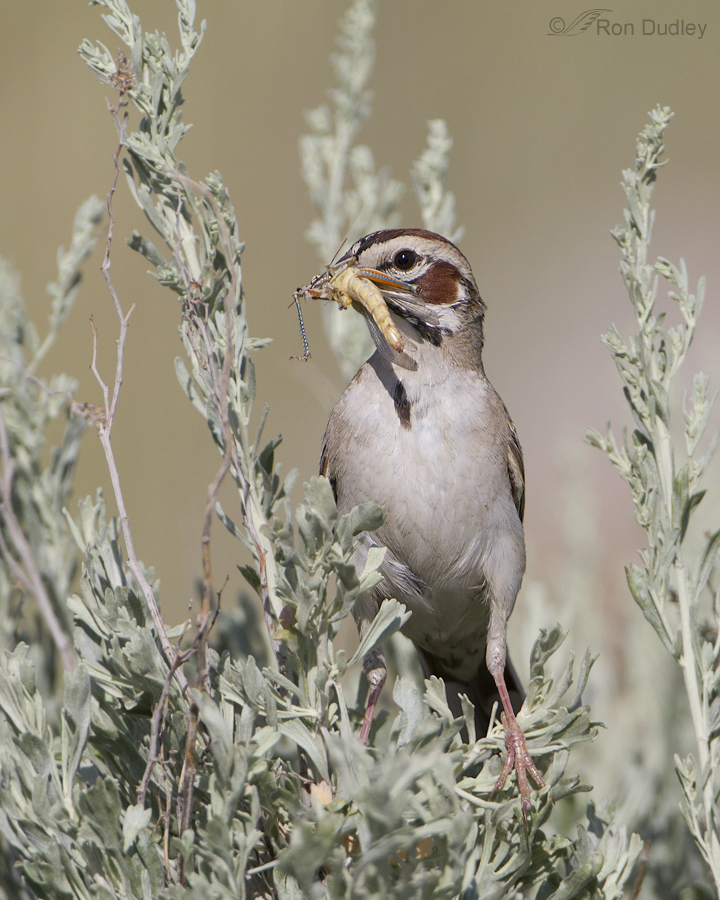
Lark Sparrows are among my favorite songbirds to photograph, largely because of their boldly patterned face and head. Those dramatic chestnut, black and white markings make it one of the easier sparrows to identify and give it that harlequin look. This species has declined precipitously in the East but its populations seem secure in the rest of the continent where they’re naturally found.


